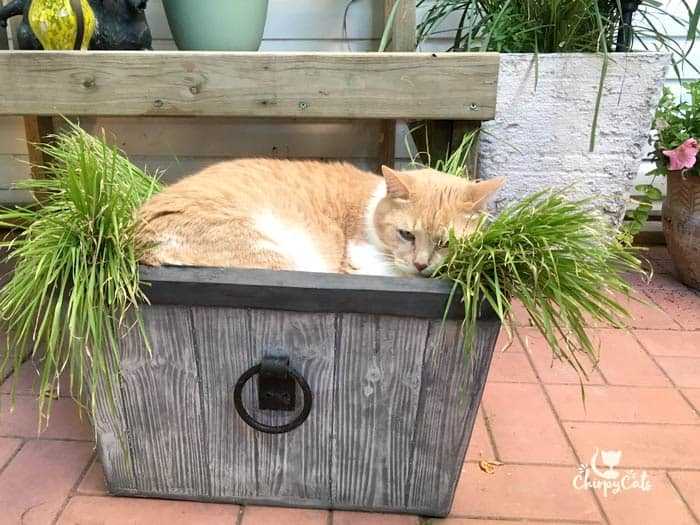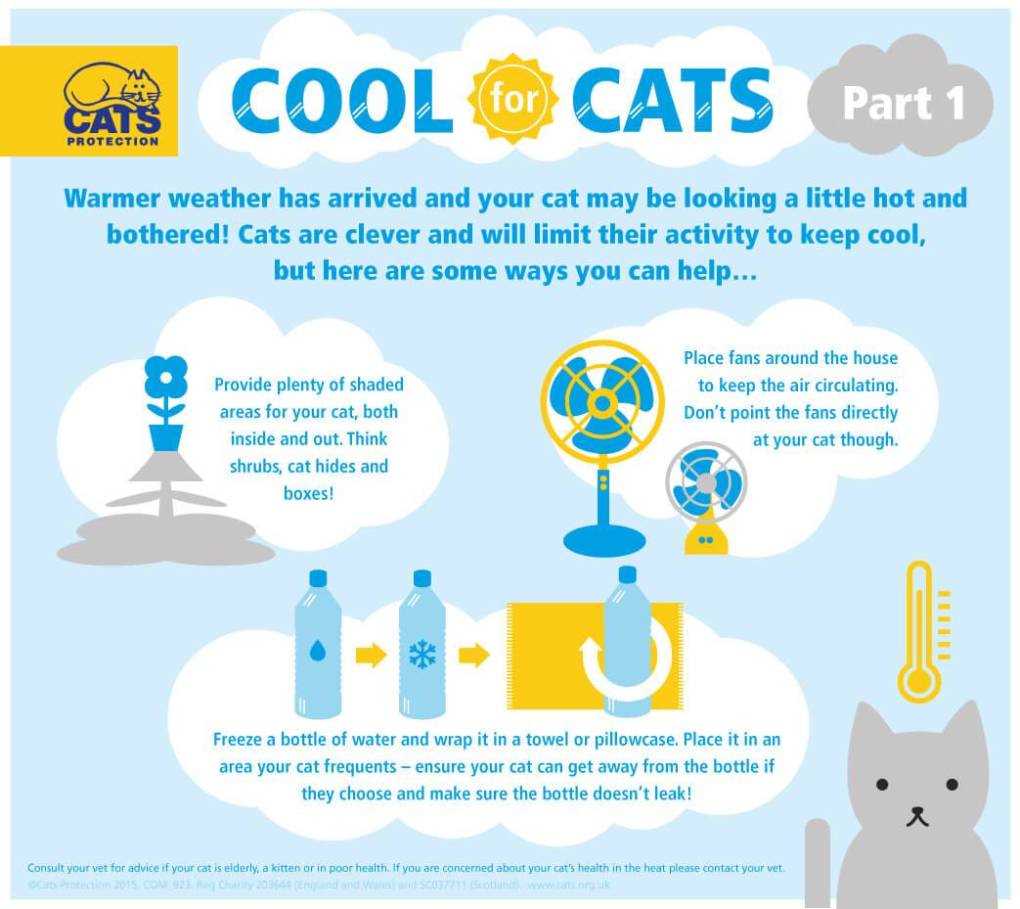Providing ample shade is vital. Set up a sturdy outdoor shelter or use large umbrellas to create cool spots. Position these areas away from direct sunlight, ensuring there’s airflow to help lower temperatures.
Hydration should be a priority. Supply fresh, clean water in multiple bowls throughout the area. Consider using a pet water fountain; the flowing water can attract attention and encourage drinking.
Wet towels can do wonders. Drape them over shaded surfaces or place them in a designated cool area. The evaporative cooling effect will offer relief during those sweltering days.
Regular grooming is key. Brush away excess fur to allow for better airflow and keep your furry companion from overheating. A shorter coat can help them feel more comfortable in high temperatures.
Monitoring behavior is essential. If you notice signs of distress, such as excessive panting or lethargy, bring them indoors immediately. Quick action can prevent serious health issues.
Provide Ample Shade and Shelter for Outdoor Cats
Creating shaded areas is crucial. Use trees, awnings, or large umbrellas to block the sun. If natural shade isn’t available, consider building or purchasing a shelter that offers protection from direct sunlight. A simple wooden structure with a roof can provide a safe retreat and help lower the temperature inside. Ensure that the shelter is well-ventilated to allow for air circulation.
Materials Matter
Using reflective materials for the roof can further reduce heat absorption. Lightweight tarps or aluminum sheets are effective. Position the shelter in a way that maximizes shade throughout the day. Adding some straw or soft bedding inside can create a comfortable environment, encouraging your furry friend to seek refuge from the sun.
Monitor Condition

Regularly check on your feline buddy and their shaded spots. Make adjustments if necessary, ensuring they always have easy access to a cool and safe area. If you’re ever uncertain about their health or behavior, consider reading about how to handle situations like cleaning litter boxes during pregnancy at can I clean my cat’s litter box while pregnant. Don’t forget to observe their preferences, like why they enjoy laying on your clothes, which can be found at why does my cat like to lay on my clothes.
Ensure access to fresh water throughout the day

Providing clean, cool water is paramount. I recommend using multiple bowls placed in shaded areas to encourage hydration. Change the water at least twice daily to keep it appealing, especially when temperatures soar. Consider using a pet fountain; the continuous flow can attract me and my furry friends, making us more likely to drink. In addition, adding ice cubes can help lower the temperature of the water, making it more refreshing. Remember to monitor the bowls regularly, as they can easily be tipped over or become dirty.
Monitor Behavior and Health for Signs of Heat Stress
Watch for changes in energy levels; lethargy can indicate overheating. If I’m lounging more than usual or seem disinterested in play, it’s a red flag.
Observe my grooming habits. Excessive panting or drooling suggests discomfort. If I’m licking myself less or avoiding my usual spots, it might mean I’m feeling the heat.
Pay attention to my appetite. A noticeable decline in eating can signal that I’m struggling with high temperatures.
Check my body temperature. If it exceeds 103°F (39.4°C), it’s time to act. Normal ranges are crucial for my health.
Look for signs of distress, like rapid breathing or a frantic search for cooler areas. If I’m pacing or trying to dig into shaded spots, it’s a clear indication I need relief.
Keep an eye on my hydration. If I’m not drinking enough, offer fresh water more frequently. Dehydration can escalate quickly.
Lastly, if I show signs of confusion or disorientation, take immediate action. Call your vet for advice if symptoms persist.
Providing ample shade is vital. Set up a sturdy outdoor shelter or use large umbrellas to create cool spots. Position these areas away from direct sunlight, ensuring there’s airflow to help lower temperatures.
Hydration should be a priority. Supply fresh, clean water in multiple bowls throughout the area. Consider using a pet water fountain; the flowing water can attract attention and encourage drinking.
Wet towels can do wonders. Drape them over shaded surfaces or place them in a designated cool area. The evaporative cooling effect will offer relief during those sweltering days.
Regular grooming is key. Brush away excess fur to allow for better airflow and keep your furry companion from overheating. A shorter coat can help them feel more comfortable in high temperatures.
Monitoring behavior is essential. If you notice signs of distress, such as excessive panting or lethargy, bring them indoors immediately. Quick action can prevent serious health issues.
Provide Ample Shade and Shelter for Outdoor Cats
Creating shaded areas is crucial. Use trees, awnings, or large umbrellas to block the sun. If natural shade isn’t available, consider building or purchasing a shelter that offers protection from direct sunlight. A simple wooden structure with a roof can provide a safe retreat and help lower the temperature inside. Ensure that the shelter is well-ventilated to allow for air circulation.
Materials Matter
Using reflective materials for the roof can further reduce heat absorption. Lightweight tarps or aluminum sheets are effective. Position the shelter in a way that maximizes shade throughout the day. Adding some straw or soft bedding inside can create a comfortable environment, encouraging your furry friend to seek refuge from the sun.
Monitor Condition

Regularly check on your feline buddy and their shaded spots. Make adjustments if necessary, ensuring they always have easy access to a cool and safe area. If you’re ever uncertain about their health or behavior, consider reading about how to handle situations like cleaning litter boxes during pregnancy at can I clean my cat’s litter box while pregnant. Don’t forget to observe their preferences, like why they enjoy laying on your clothes, which can be found at why does my cat like to lay on my clothes.
Ensure access to fresh water throughout the day

Providing clean, cool water is paramount. I recommend using multiple bowls placed in shaded areas to encourage hydration. Change the water at least twice daily to keep it appealing, especially when temperatures soar. Consider using a pet fountain; the continuous flow can attract me and my furry friends, making us more likely to drink. In addition, adding ice cubes can help lower the temperature of the water, making it more refreshing. Remember to monitor the bowls regularly, as they can easily be tipped over or become dirty.
Monitor Behavior and Health for Signs of Heat Stress
Watch for changes in energy levels; lethargy can indicate overheating. If I’m lounging more than usual or seem disinterested in play, it’s a red flag.
Observe my grooming habits. Excessive panting or drooling suggests discomfort. If I’m licking myself less or avoiding my usual spots, it might mean I’m feeling the heat.
Pay attention to my appetite. A noticeable decline in eating can signal that I’m struggling with high temperatures.
Check my body temperature. If it exceeds 103°F (39.4°C), it’s time to act. Normal ranges are crucial for my health.
Look for signs of distress, like rapid breathing or a frantic search for cooler areas. If I’m pacing or trying to dig into shaded spots, it’s a clear indication I need relief.
Keep an eye on my hydration. If I’m not drinking enough, offer fresh water more frequently. Dehydration can escalate quickly.
Lastly, if I show signs of confusion or disorientation, take immediate action. Call your vet for advice if symptoms persist.
Providing ample shade is vital. Set up a sturdy outdoor shelter or use large umbrellas to create cool spots. Position these areas away from direct sunlight, ensuring there’s airflow to help lower temperatures.
Hydration should be a priority. Supply fresh, clean water in multiple bowls throughout the area. Consider using a pet water fountain; the flowing water can attract attention and encourage drinking.
Wet towels can do wonders. Drape them over shaded surfaces or place them in a designated cool area. The evaporative cooling effect will offer relief during those sweltering days.
Regular grooming is key. Brush away excess fur to allow for better airflow and keep your furry companion from overheating. A shorter coat can help them feel more comfortable in high temperatures.
Monitoring behavior is essential. If you notice signs of distress, such as excessive panting or lethargy, bring them indoors immediately. Quick action can prevent serious health issues.
Provide Ample Shade and Shelter for Outdoor Cats
Creating shaded areas is crucial. Use trees, awnings, or large umbrellas to block the sun. If natural shade isn’t available, consider building or purchasing a shelter that offers protection from direct sunlight. A simple wooden structure with a roof can provide a safe retreat and help lower the temperature inside. Ensure that the shelter is well-ventilated to allow for air circulation.
Materials Matter
Using reflective materials for the roof can further reduce heat absorption. Lightweight tarps or aluminum sheets are effective. Position the shelter in a way that maximizes shade throughout the day. Adding some straw or soft bedding inside can create a comfortable environment, encouraging your furry friend to seek refuge from the sun.
Monitor Condition

Regularly check on your feline buddy and their shaded spots. Make adjustments if necessary, ensuring they always have easy access to a cool and safe area. If you’re ever uncertain about their health or behavior, consider reading about how to handle situations like cleaning litter boxes during pregnancy at can I clean my cat’s litter box while pregnant. Don’t forget to observe their preferences, like why they enjoy laying on your clothes, which can be found at why does my cat like to lay on my clothes.
Ensure access to fresh water throughout the day

Providing clean, cool water is paramount. I recommend using multiple bowls placed in shaded areas to encourage hydration. Change the water at least twice daily to keep it appealing, especially when temperatures soar. Consider using a pet fountain; the continuous flow can attract me and my furry friends, making us more likely to drink. In addition, adding ice cubes can help lower the temperature of the water, making it more refreshing. Remember to monitor the bowls regularly, as they can easily be tipped over or become dirty.
Monitor Behavior and Health for Signs of Heat Stress
Watch for changes in energy levels; lethargy can indicate overheating. If I’m lounging more than usual or seem disinterested in play, it’s a red flag.
Observe my grooming habits. Excessive panting or drooling suggests discomfort. If I’m licking myself less or avoiding my usual spots, it might mean I’m feeling the heat.
Pay attention to my appetite. A noticeable decline in eating can signal that I’m struggling with high temperatures.
Check my body temperature. If it exceeds 103°F (39.4°C), it’s time to act. Normal ranges are crucial for my health.
Look for signs of distress, like rapid breathing or a frantic search for cooler areas. If I’m pacing or trying to dig into shaded spots, it’s a clear indication I need relief.
Keep an eye on my hydration. If I’m not drinking enough, offer fresh water more frequently. Dehydration can escalate quickly.
Lastly, if I show signs of confusion or disorientation, take immediate action. Call your vet for advice if symptoms persist.






